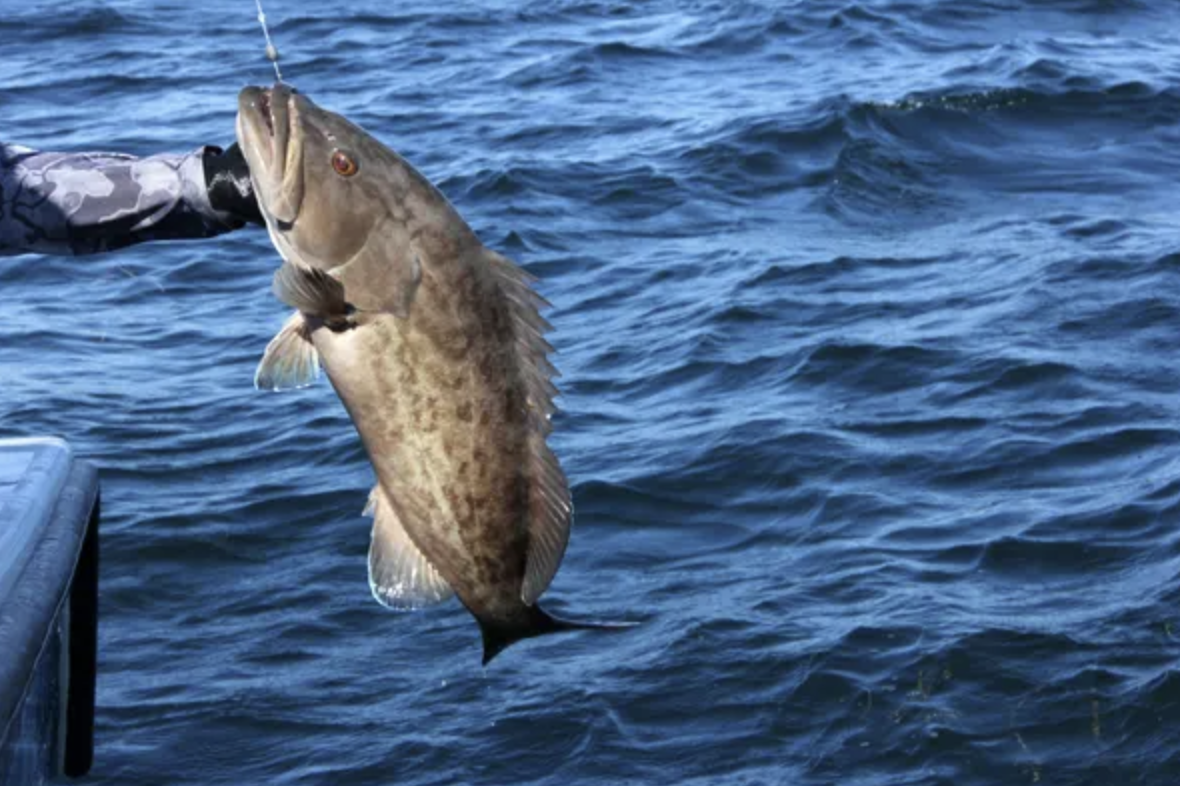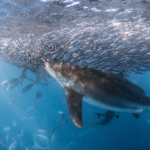Article Courtesy: anglersjournal.com | Originally Published: 5/2/2022 | Click here for original article
Say Goodbye To The Old School Charter Boats
Standing on the docks of Shrimp Landing, I look out over the Salt River, which connects to the Crystal River and then flows into the Gulf of Mexico. I breathe in the salt air as the sun inches up out of its slumber. The marsh grass on the opposite side of the river hardly moves in the stillness of morning as the sky turns from black to pink to orange. A bird is silhouetted on the top of a palm tree whose fronds were lopped off in a big blow, like a dandelion that lost its fuzz to the air-filled cheeks of a child. The aroma of barbecue wafts out of a smoker by a small storefront that stocks a mix of tackle, dry goods, bait, fish dip and T-shirts. Captains shoot the bull with one another as they carry gear to their vessels.
The town of Crystal River is just south of the Big Bend region of northwestern Florida. This area is often called Old Florida, referring to a time when the state was undeveloped and wild. Life moves at a slower pace here. Mom-and-pop stores still exist, and you won’t find any high-rise condominium complexes dirtying up the horizon. Old Florida drums along at a leisurely place, unless you happen to be out with Hang ’Em High Sport Fishing Charters. In that case, you might need a sturdy hand-hold because these boys run a fleet of Freeman catamarans that took everything I thought I knew about charter boats, turned it upside down, dropped it on top of a rocket and punched in the launch codes.

It used to be that finding a solid charter operation took serious intel. I grew up in New England in the early 1980s, when most of the local charter boats that targeted bluefish and flounder — striped bass fishing was shut down for most of my youth — were well-worn and patched together with 5200 adhesive sealant. They ran hard day in and day out, something was always breaking, and there was little time for repairs. A lot of the boats we chartered or docked alongside were built tough by such companies as Egg Harbor, Pacemaker, Post and Uniflite. Efficiency, not speed, was the main factor. Good fuel economy meant chugging out to the grounds at 10 or 12 knots. A working head was a bonus. Air-conditioning? Open a hatch or a window. Cabin spaces were sparse. Fishboxes were plastic garbage cans. They weren’t pretty operations, but they put you on fish.
Captains did their marketing through word of mouth or grassroots endeavors, such as leaving stacks of business cards at barber shops. Some would advertise in the classified section of the local newspaper. The good boats were always head-and-shoulders above the rest. As I began to spread my wings and try new fisheries, I found the same thing rang true: The cream rose to the top, and finding a spot on a popular boat could be difficult. Out of necessity, or lack of will, I wound up on a few clunkers.
In the early 1990s, during my first trip to Quepos, on Costa Rica’s Pacific coast, my father and I booked a 25-foot vintage Bertram to go sailfishing. There was a long, concrete pier in town, but getting from the pier to the boat was a tricky endeavor. Instead, the boats would back to a small, tippy floating dock off the side to load customers. My father, a licensed captain who ran a few charters each season with our family’s 40-foot Luhrs, was less than thrilled.
As the mate stood on the Bertram’s transom, waving off the exhaust smoke and telling me to jump aboard, the bilge pump kicked on and spewed a stream of black, oily water out the side of the old vessel. My dad grabbed my shoulder. “We’re not getting on that boat,” he said, or something a bit saltier. Disappointment washed over me, but looking back, I appreciate his decision. If the bilge was full of oil, what other trouble might be lurking below? I figure the condition of the tackle couldn’t have been much better.

Thanks to social media and online forums, those ramshackle charter outfits are slowly slipping away. It’s much easier to separate the wheat from the chaff, and it pays to do some research. Fishing with a solid charter operation opens the eyes to a higher level of catching. You see the detail work that makes a big difference. You see how running a proper vessel improves the chances of finding fish. And a lot of the guys who run these boats are characters who create lifelong memories for their clients. They’ll ride you like a football coach but make you laugh in the process. Many of my most memorable catches came on for-hire boats.
The memory of that boat in Costa Rica bubbles away in the wake as we get underway with Hang ’Em High charters. Capt. Clay Shidler sets a course to one of his grouper spots on the autopilot, and the 42-foot Freeman with quad 350-hp Suzukis cruises at 45 mph. Our group of six anglers sits among the two rows of helm chairs under the hardtop, and a couple of guys sprawl out in plush beanbags on deck. The conversation flows as we make the 30-mile steam in a blink.
Shidler pulls up his side-scan and down-scan sonar on the big Simrad displays flush-mounted on the dash and expertly anchors off a rockpile so our baits fall like a buffet line to the gag grouper lurking below. We are the only boat in the area. The gags move into shallower waters of 40 to 60 feet after the summer days begin to shorten.
Shidler makes the call to “go ahead and drop ’em,” and it’s as if a dinner bell has been rung. Rods heel over. Men grunt. This operation is dialed in. Shidler jokes when I miss my first bite.
“It’s OK, just keep swinging, you’ll get one,” he says, patting me on the back.
We move to another spot, and I switch to shrimp to entice the mangrove snapper that often sit higher off the structure than the grouper. To me, it’s much more fun to battle the tough snapper on light spinning gear. (Snapper also make great fish tacos.) I hook what feels like a nice mango but get broken off, likely by another fish. I reel in the slack line and ask Shidler for another lead-head jig to tie on.
“Seriously?” he says, pointing to three rows of rocket launchers holding the latest Shimano rods and reels — Stellas, Calcuttas and Talicas, oh my! There’s probably 15 grand worth of tackle staring at me. “Take your pick,” he says.
It’s like moseying up to an open bar serving nothing but top-shelf booze. I grab a rod and get back to fishing. Top shelf all the way.
There’s no turning back now.






